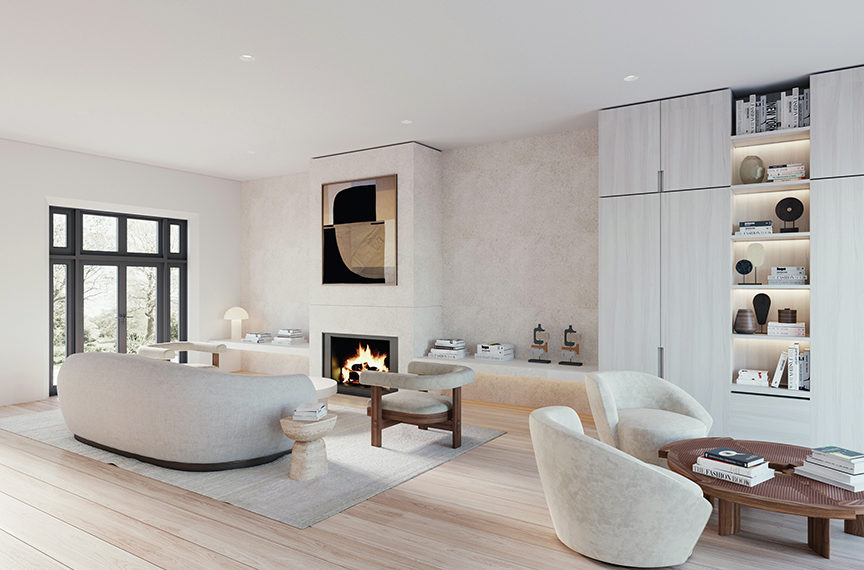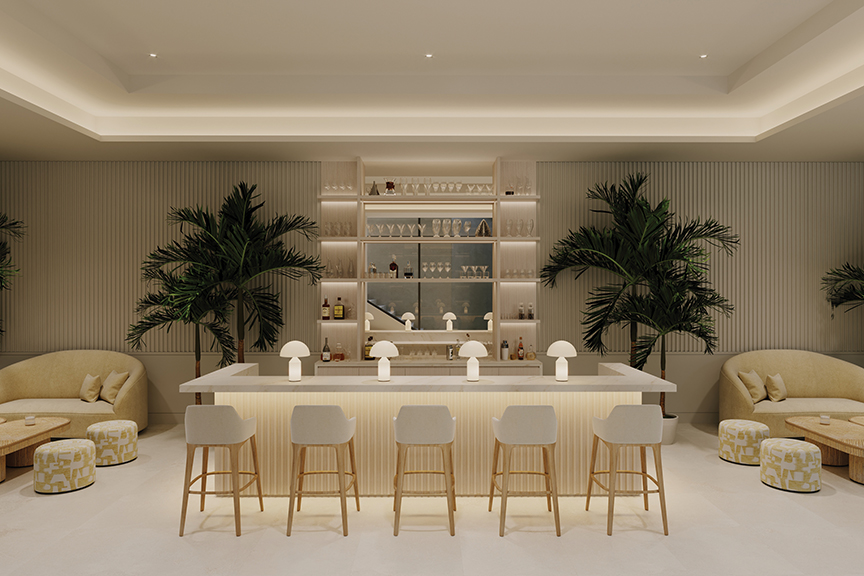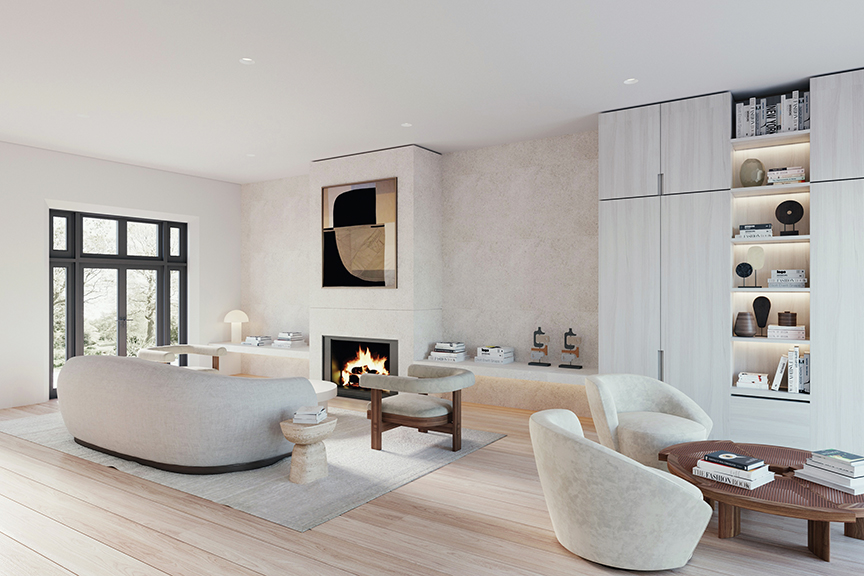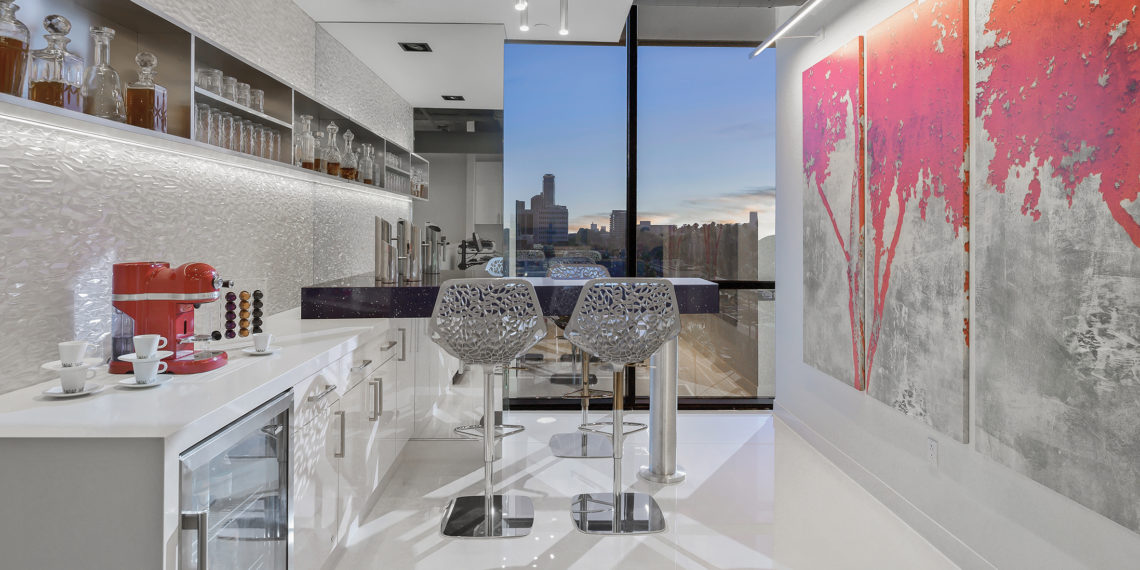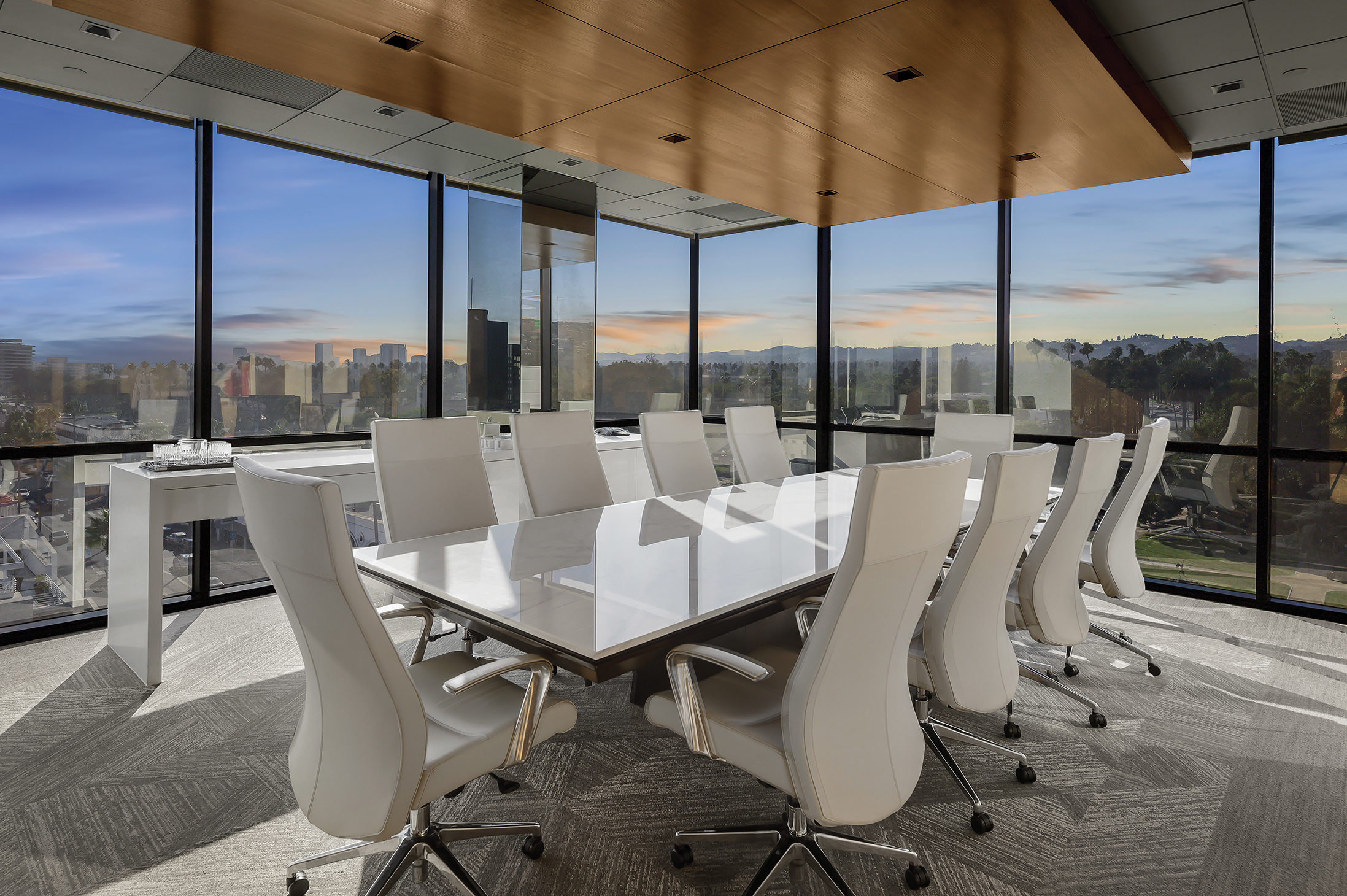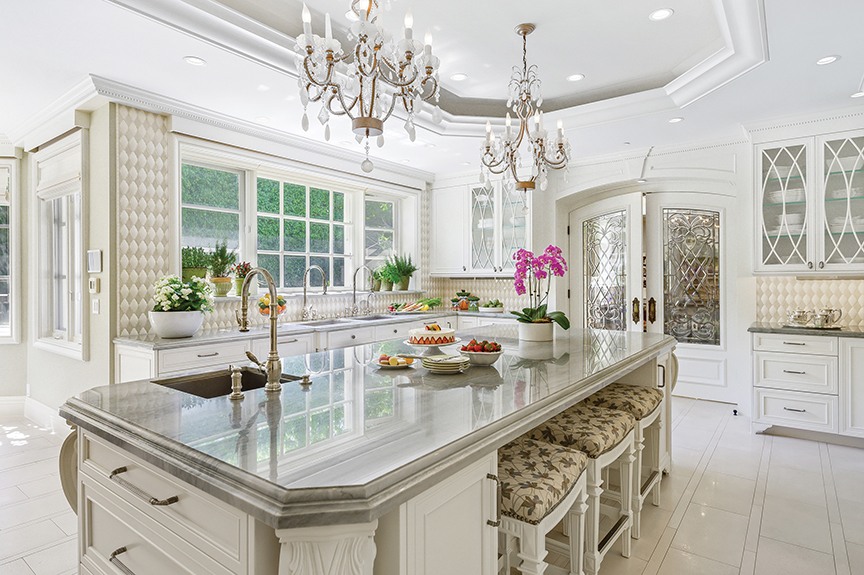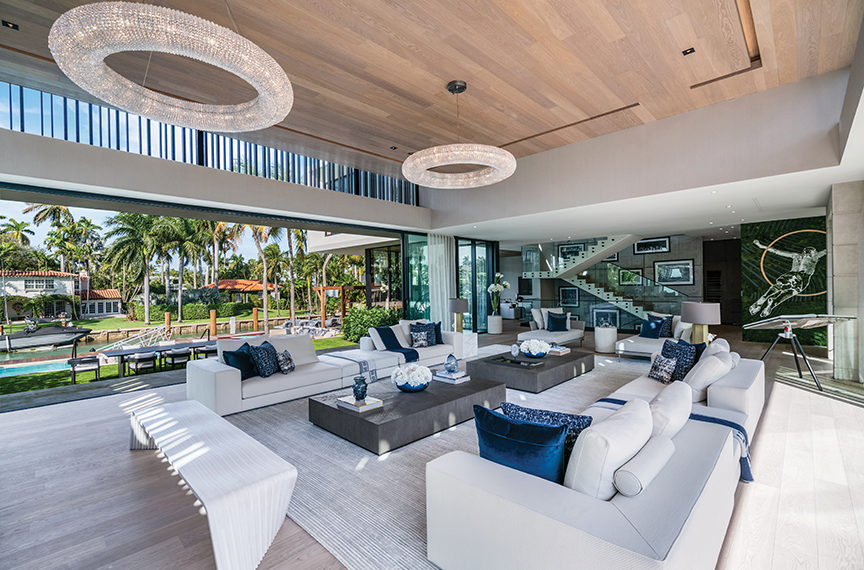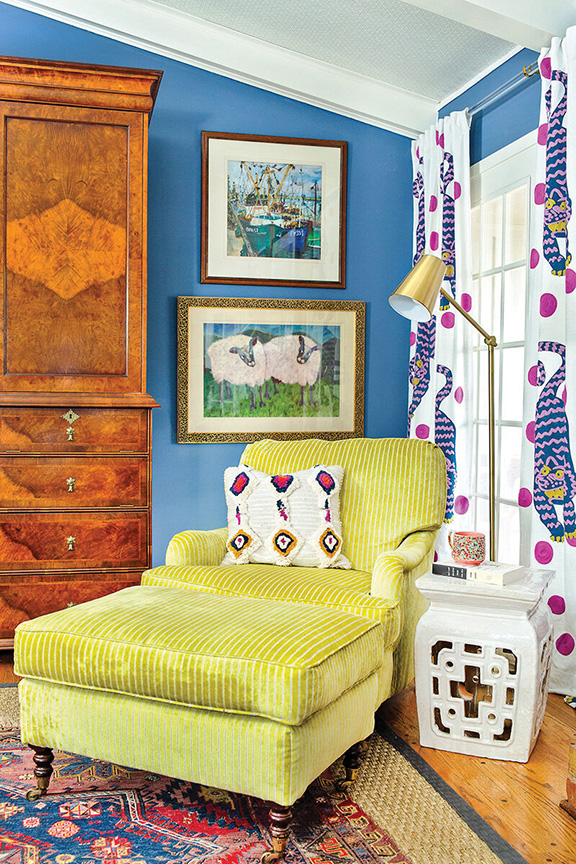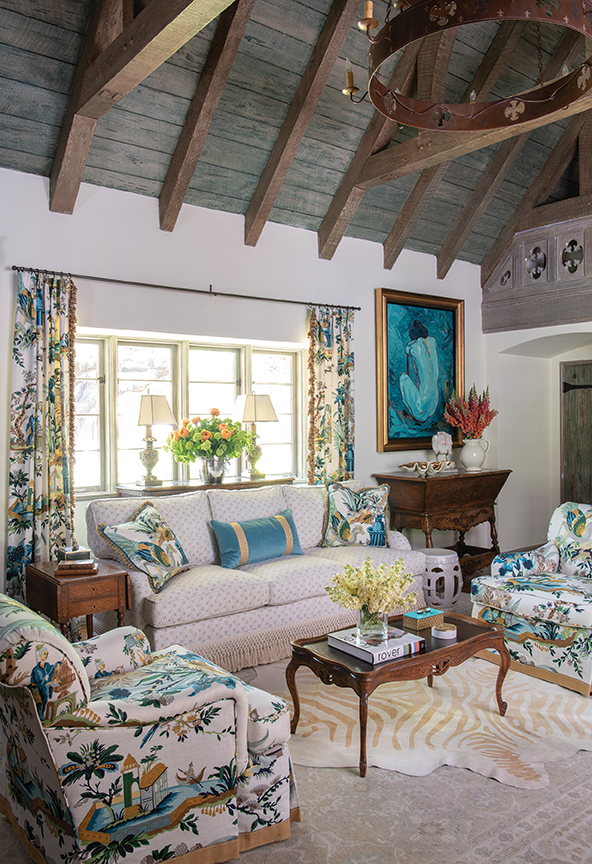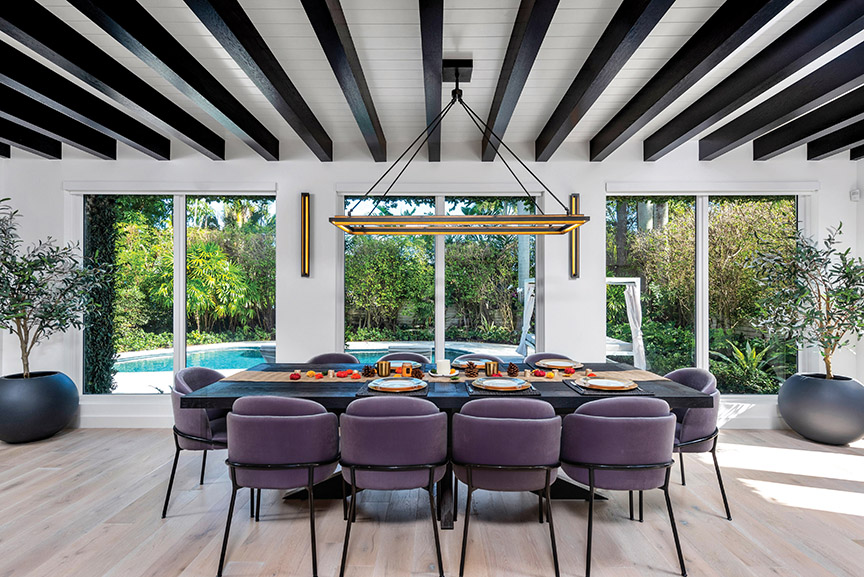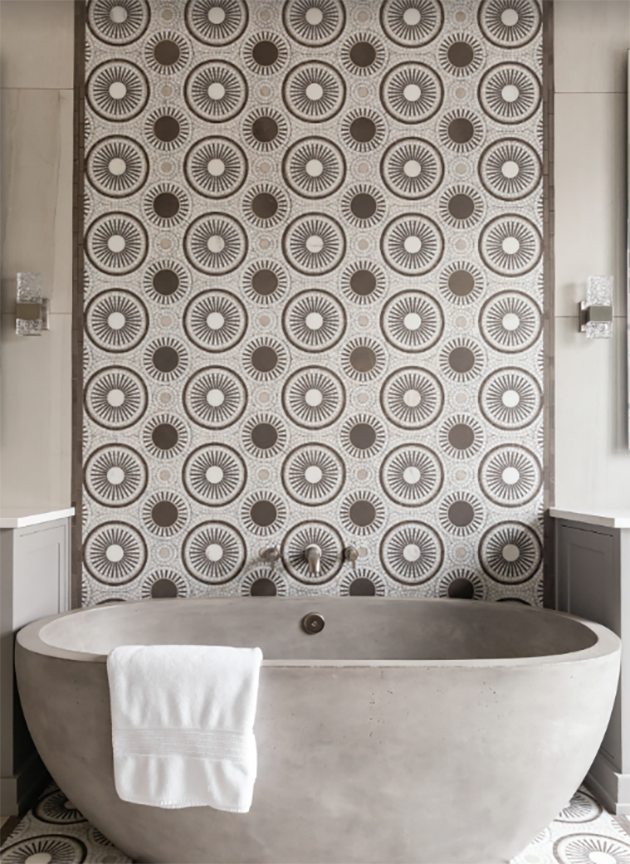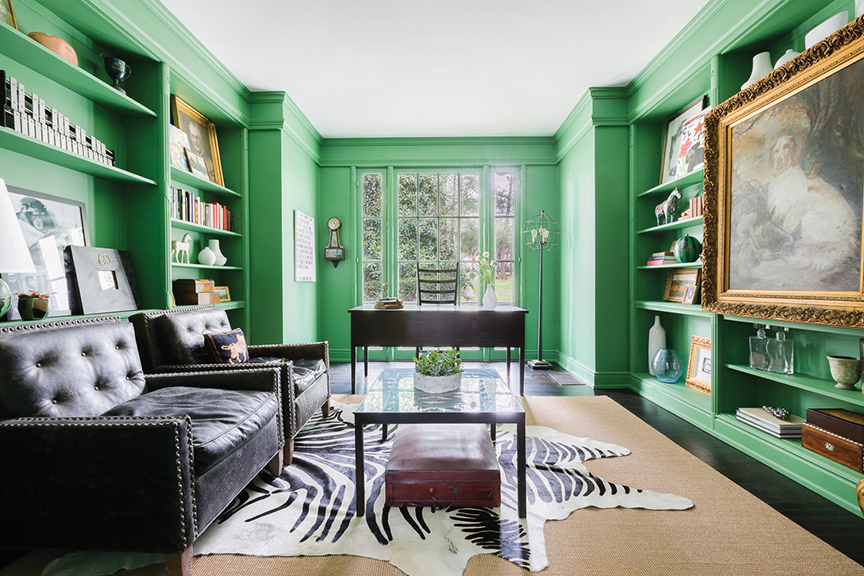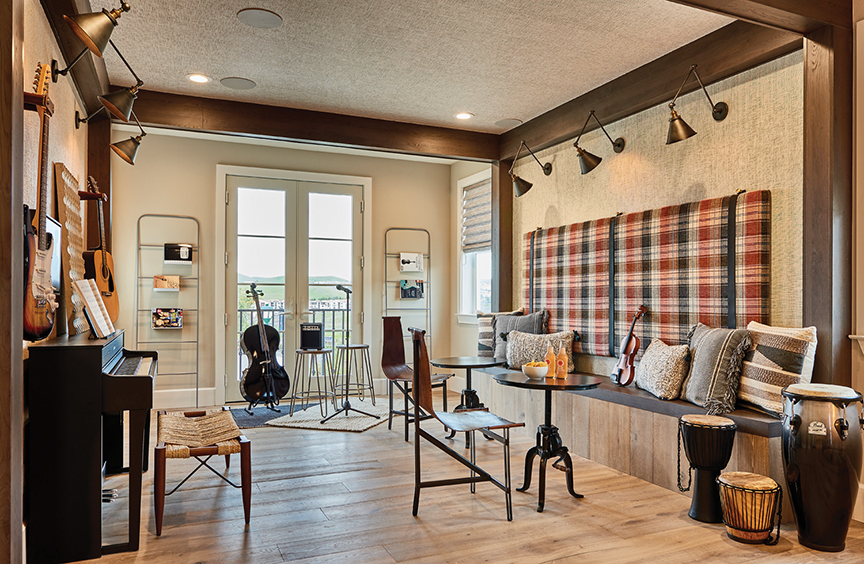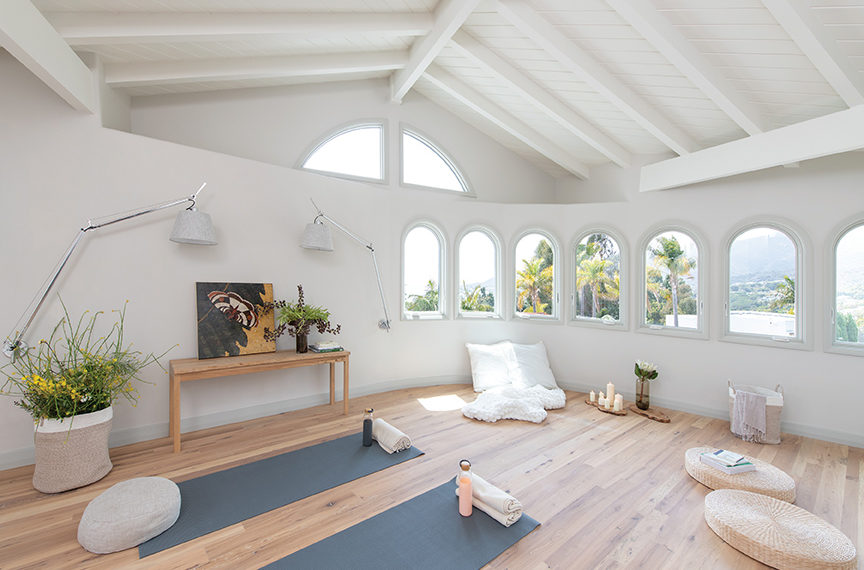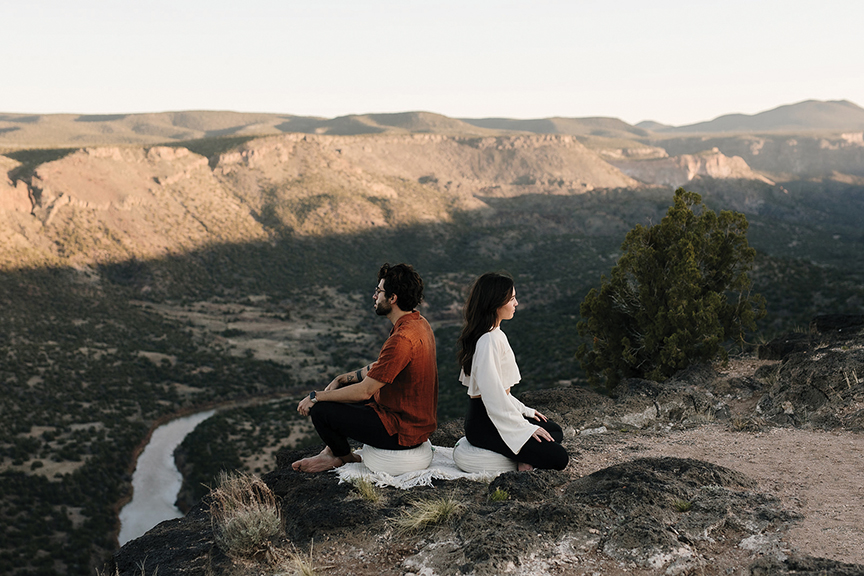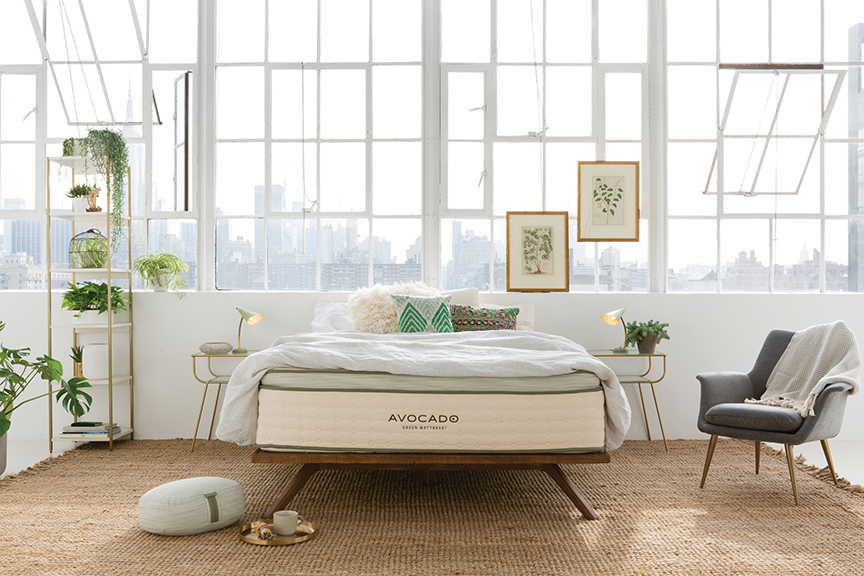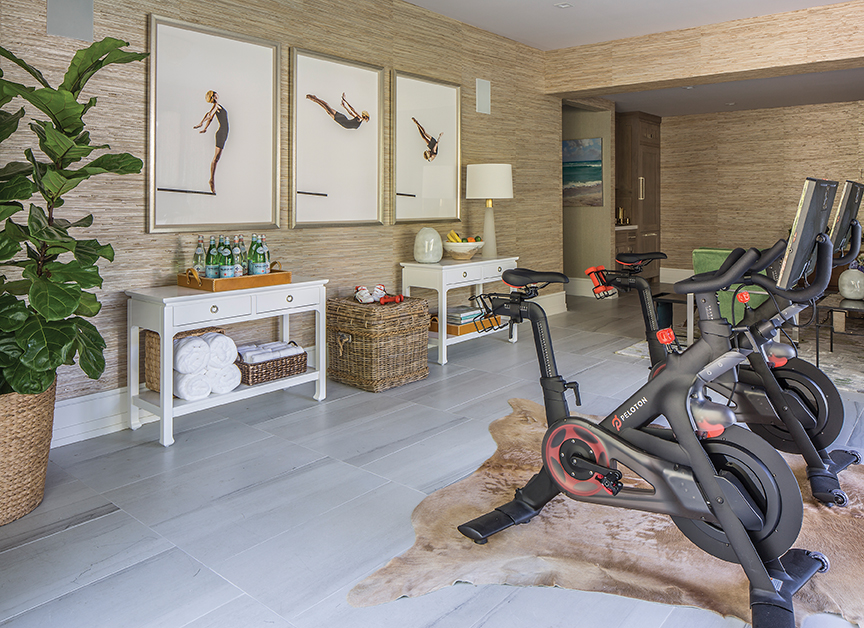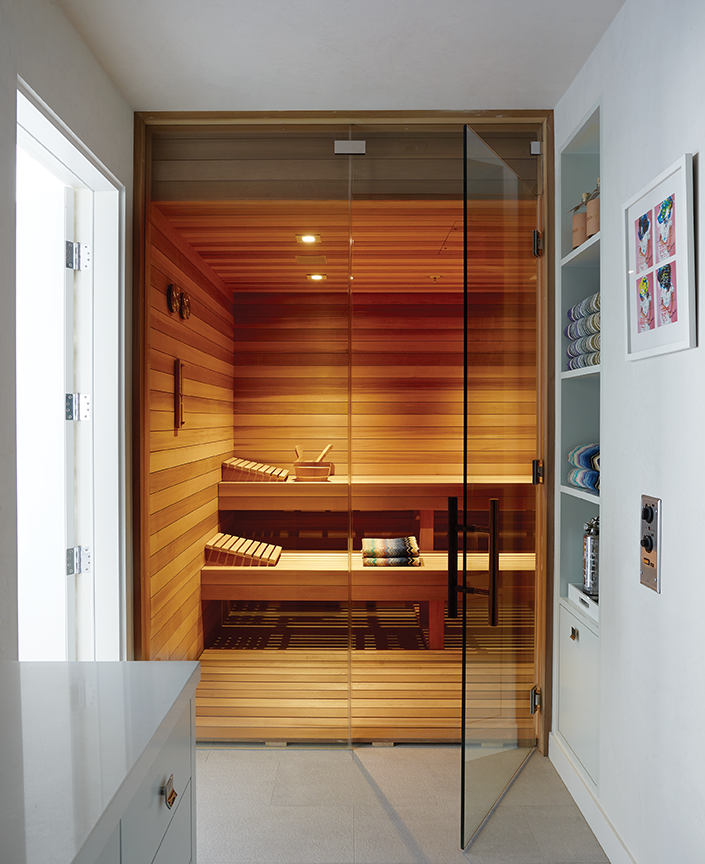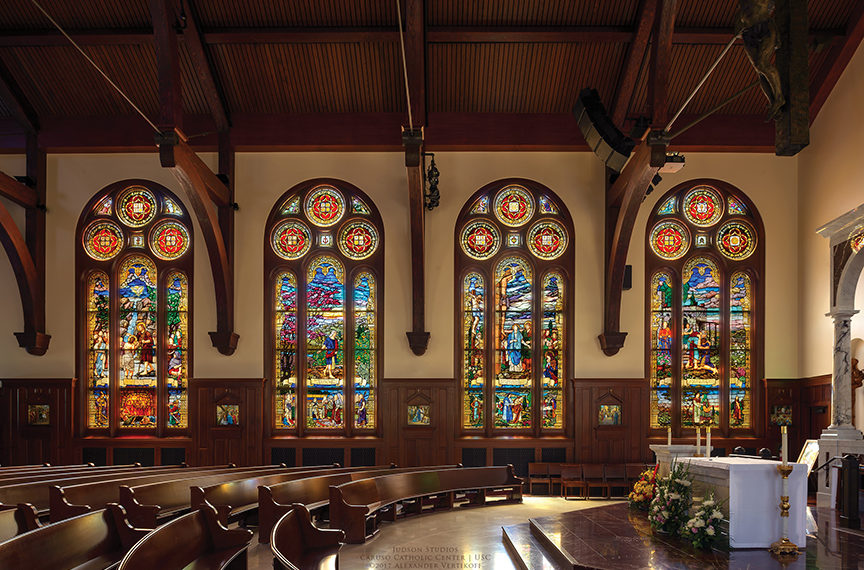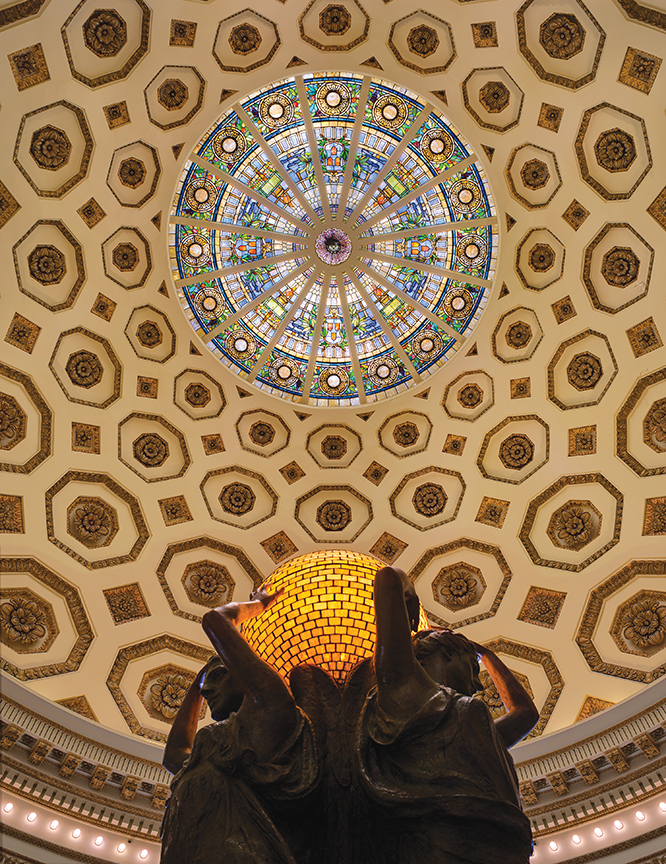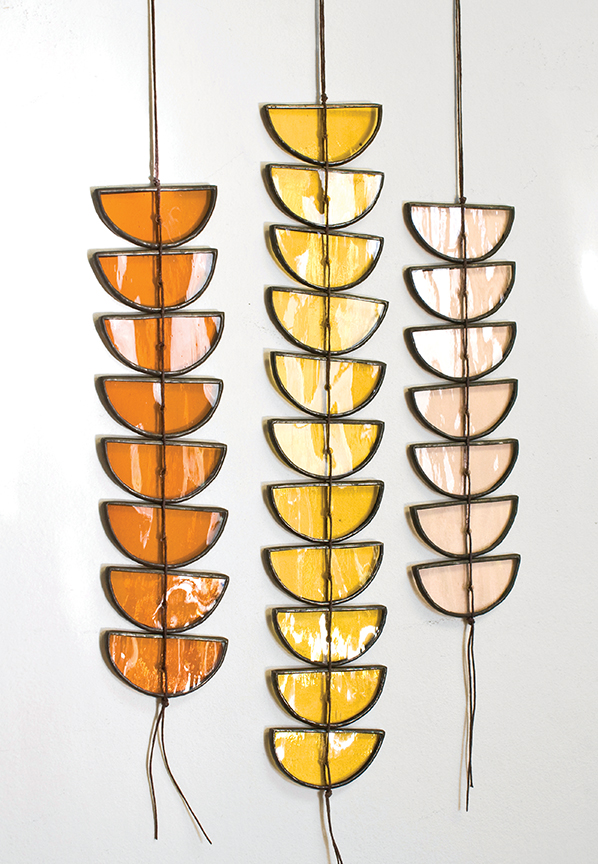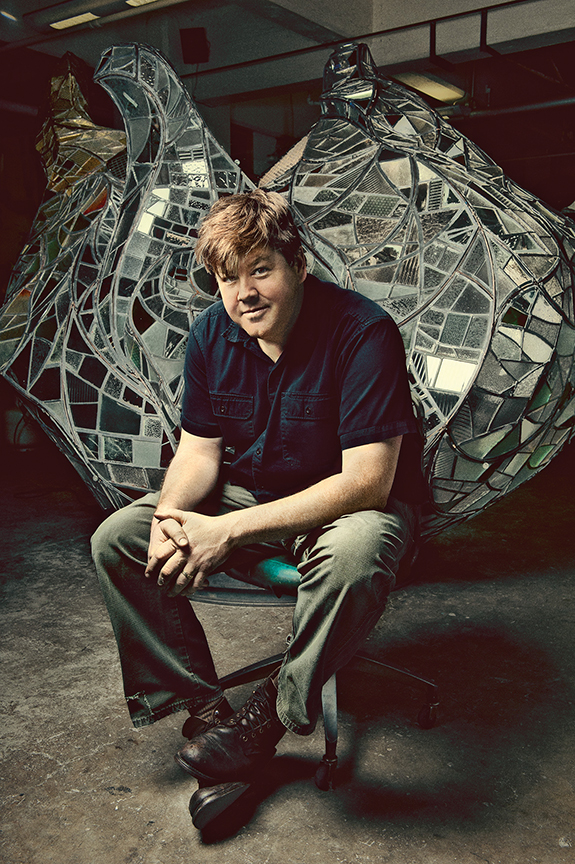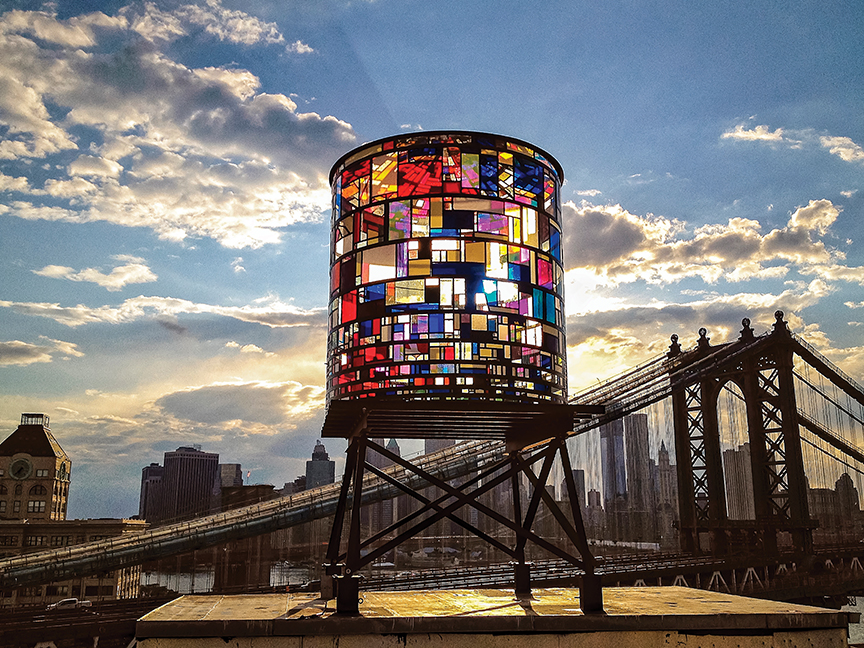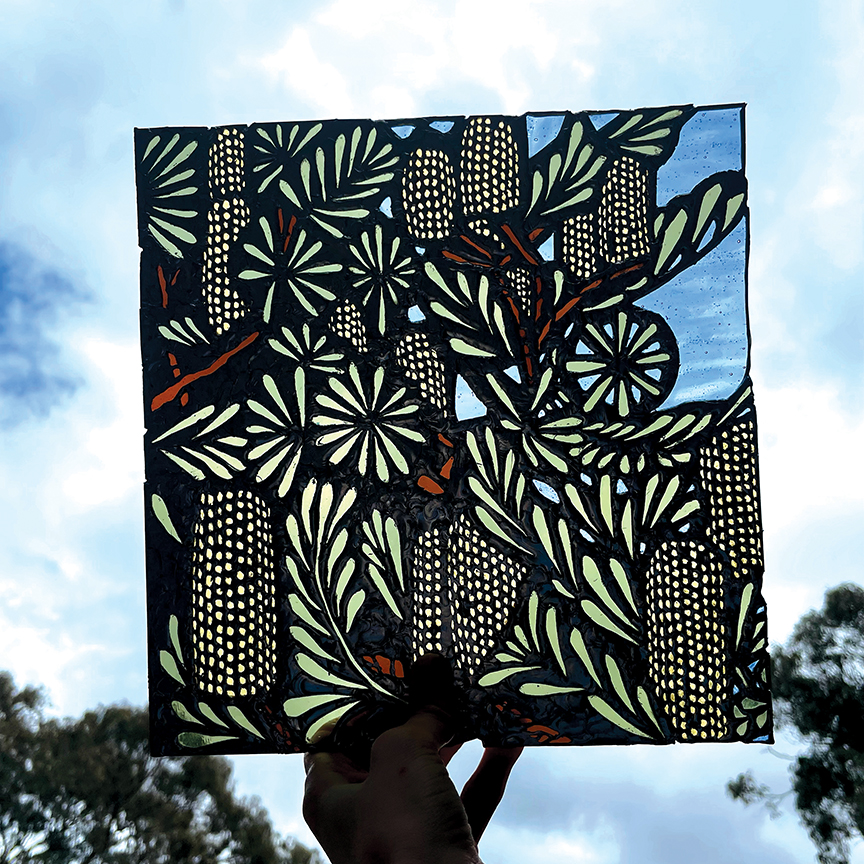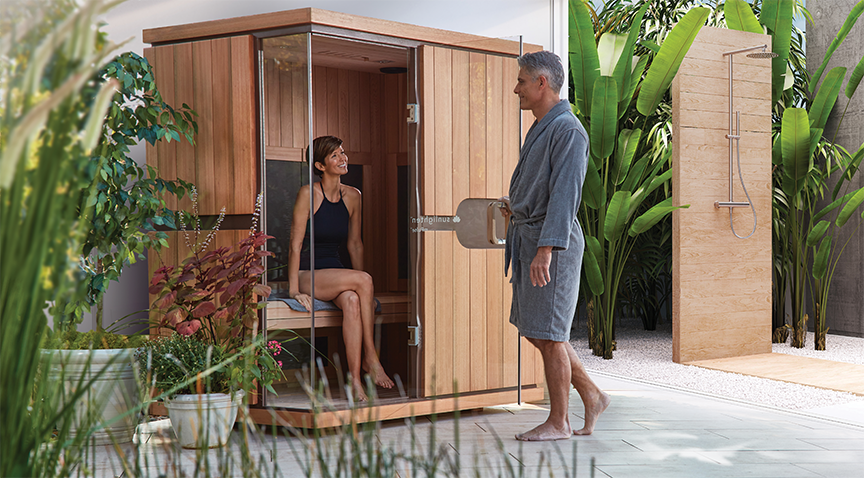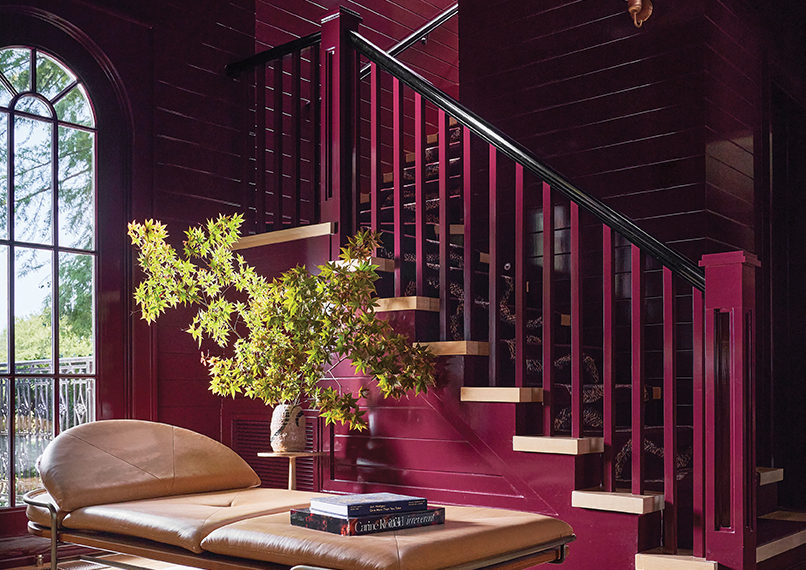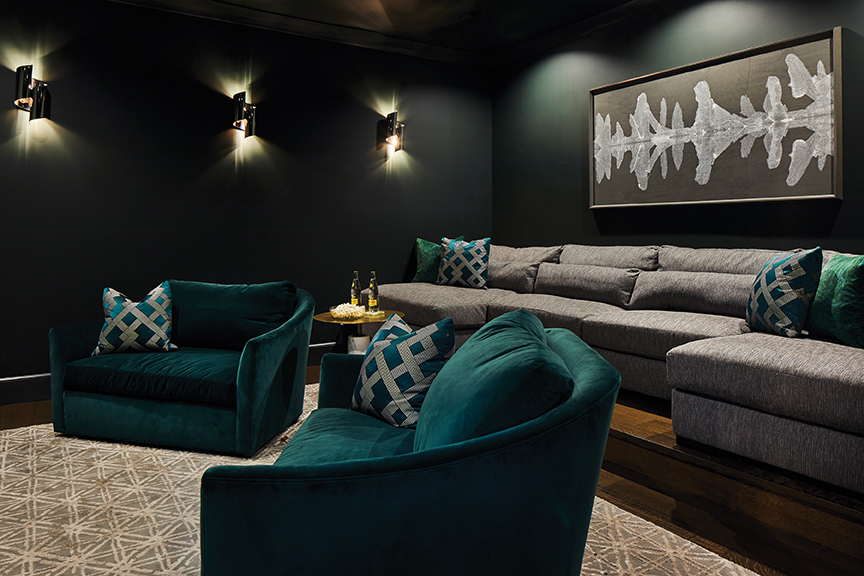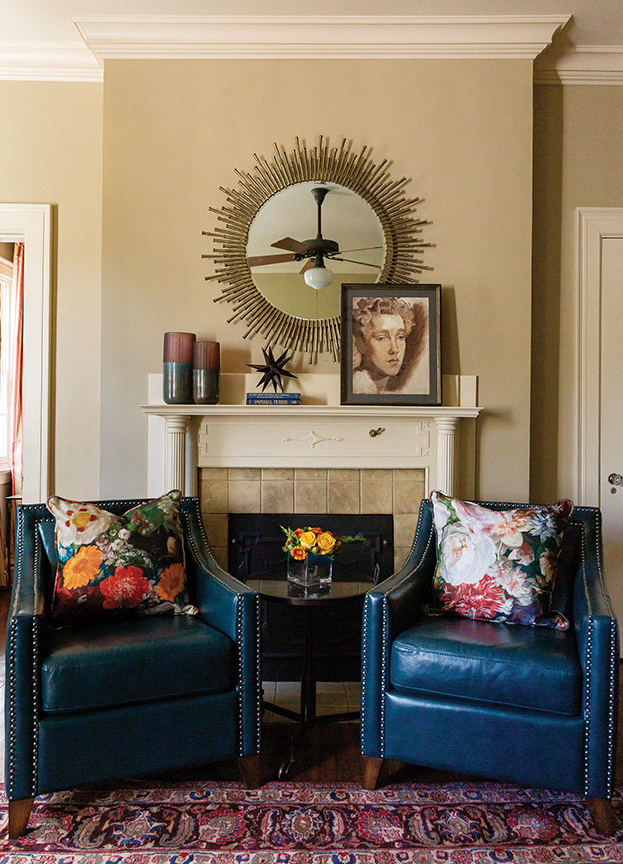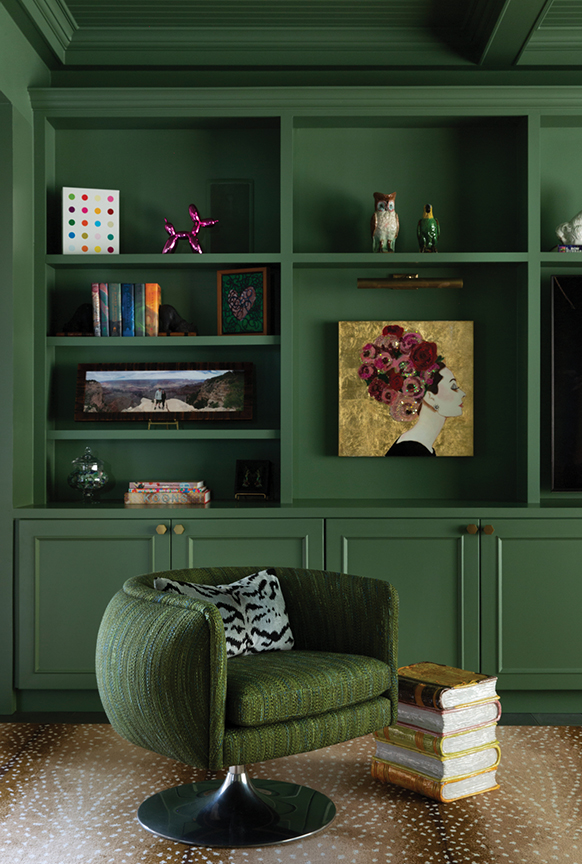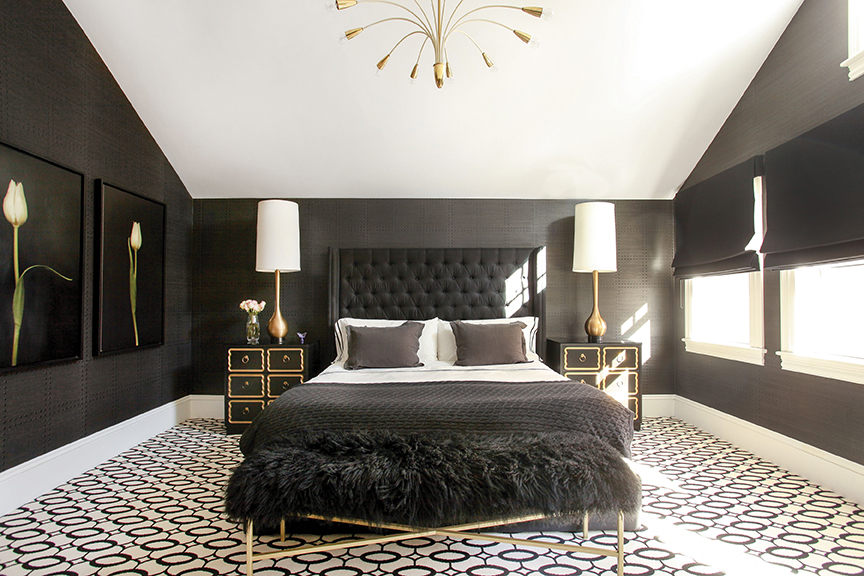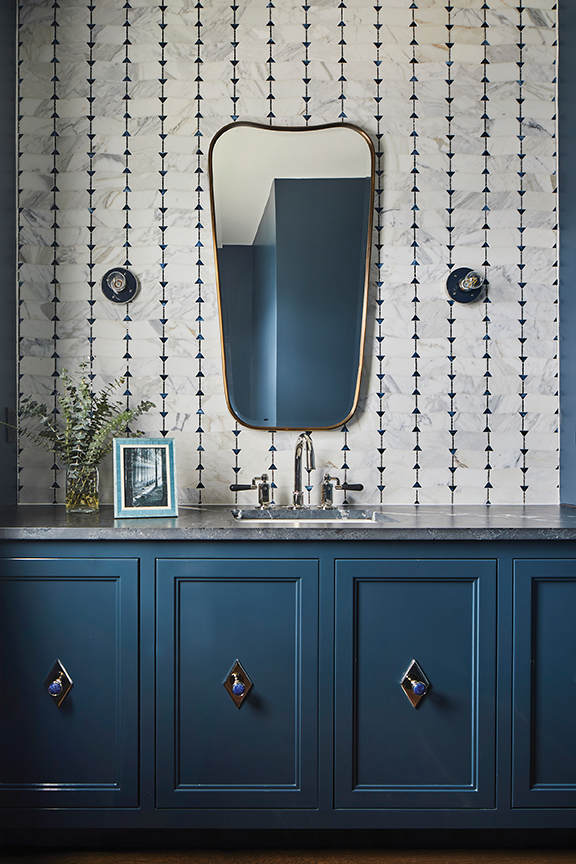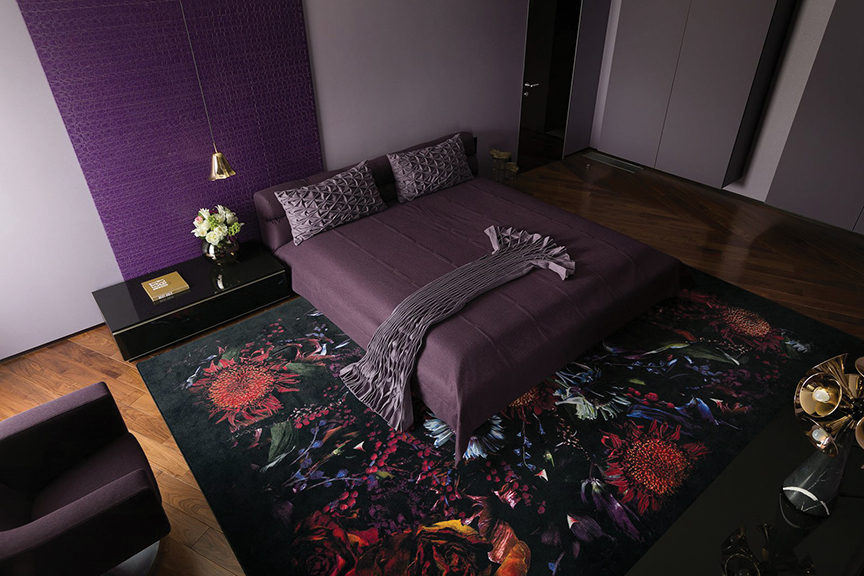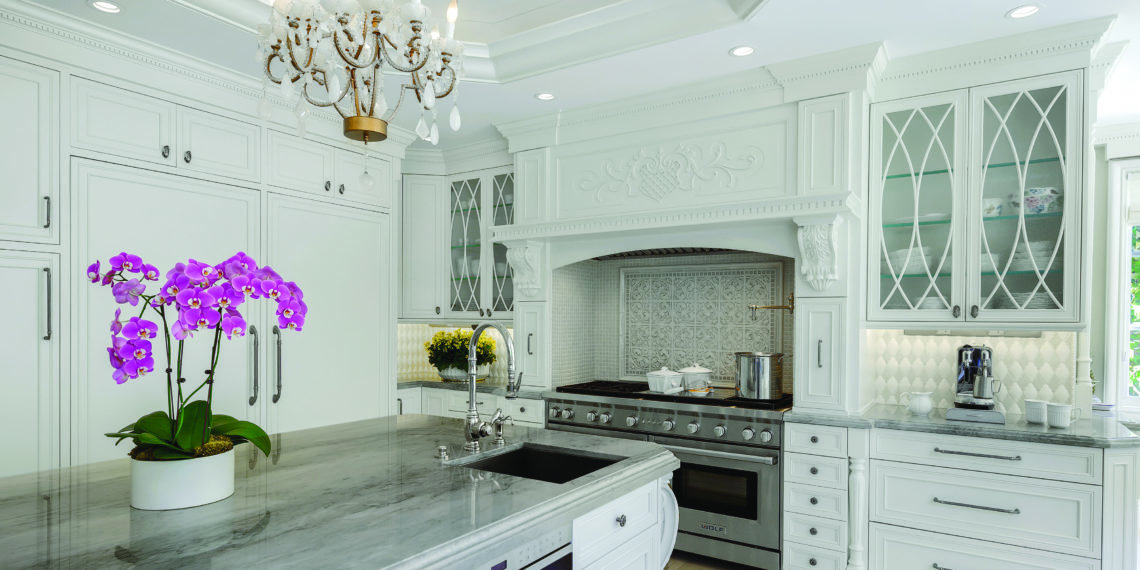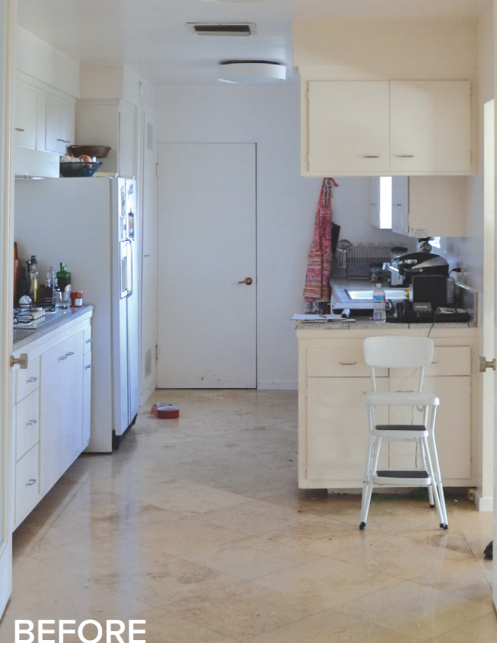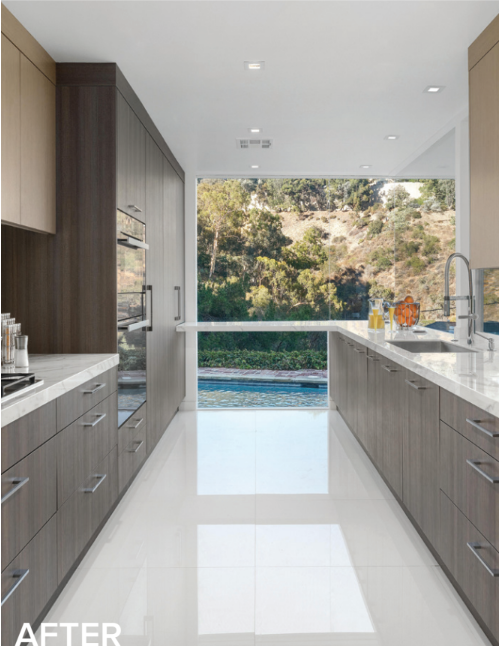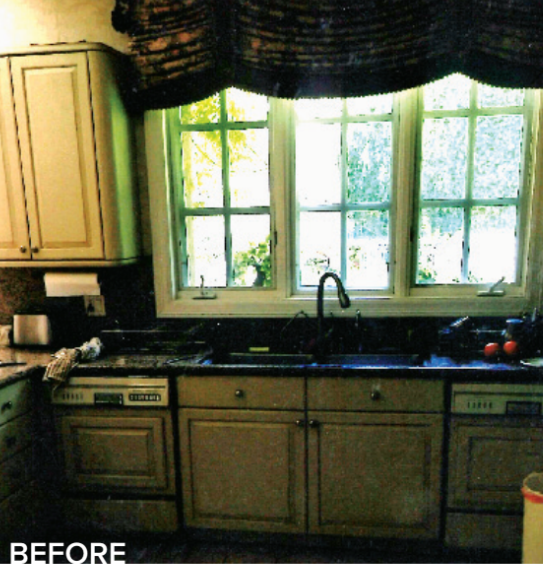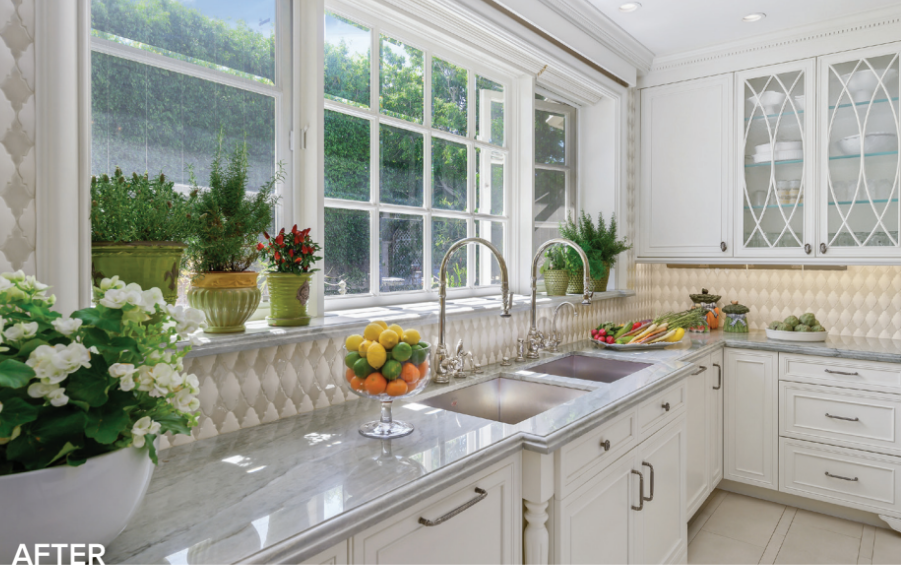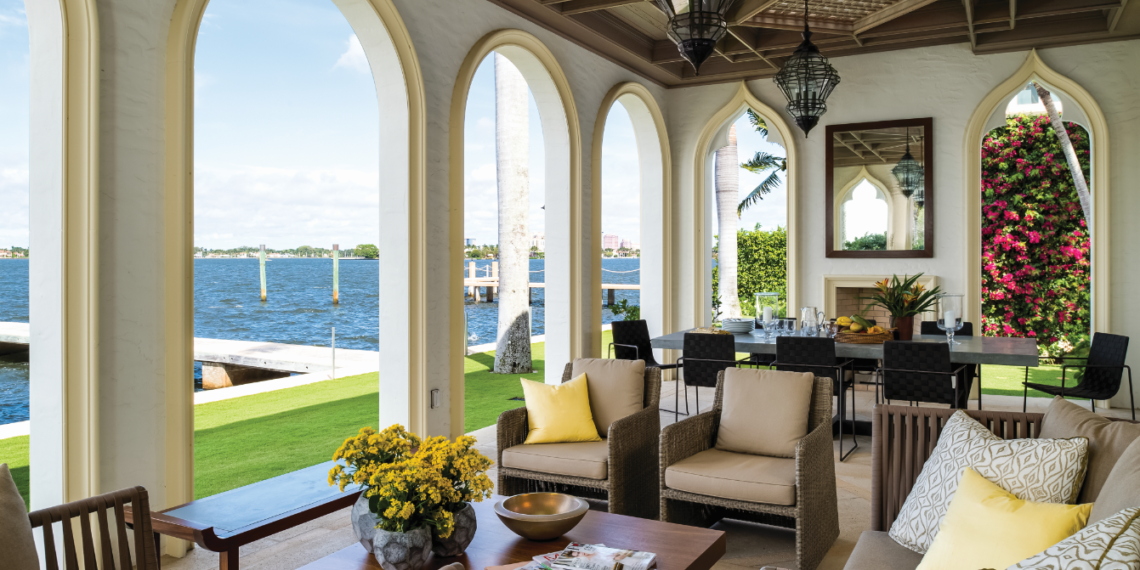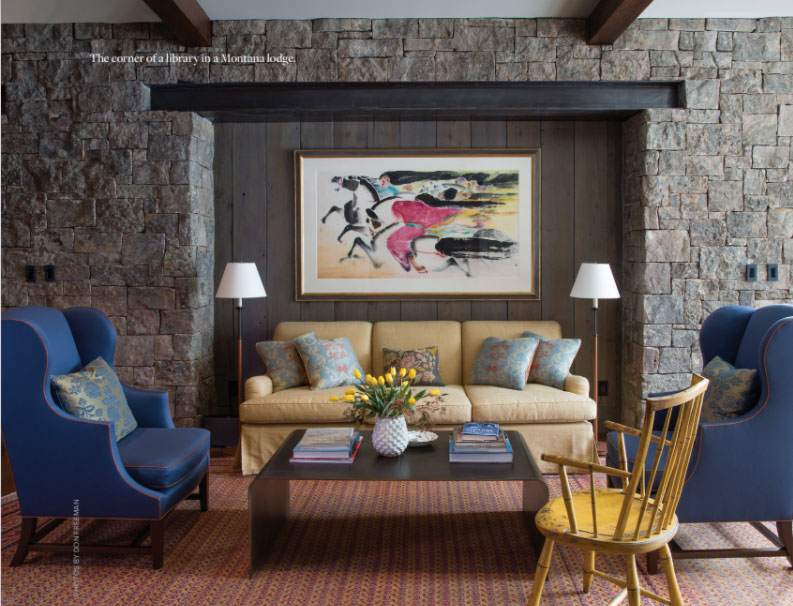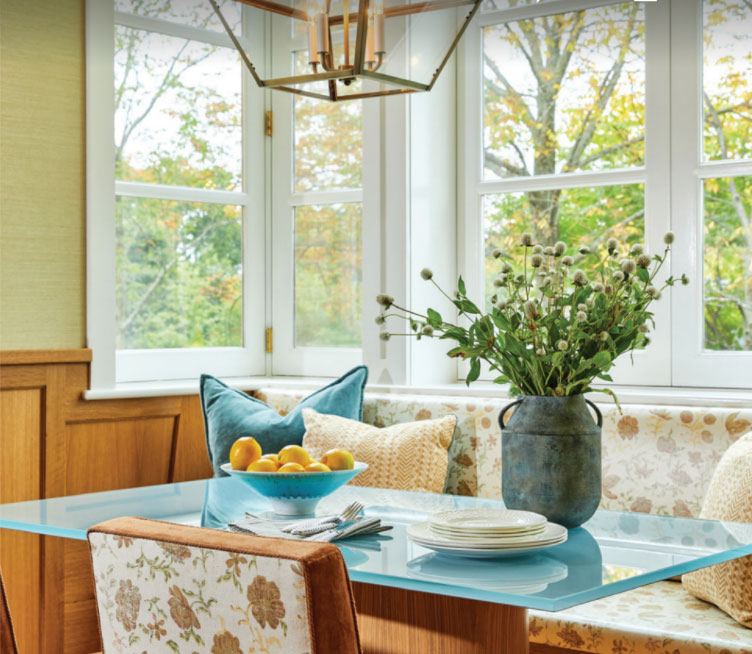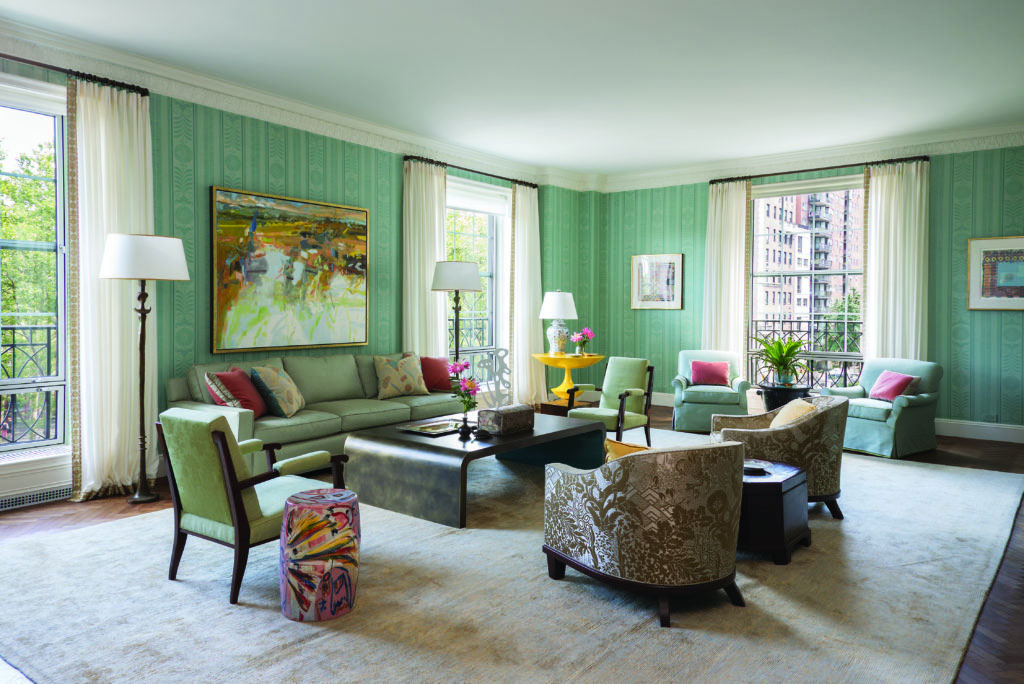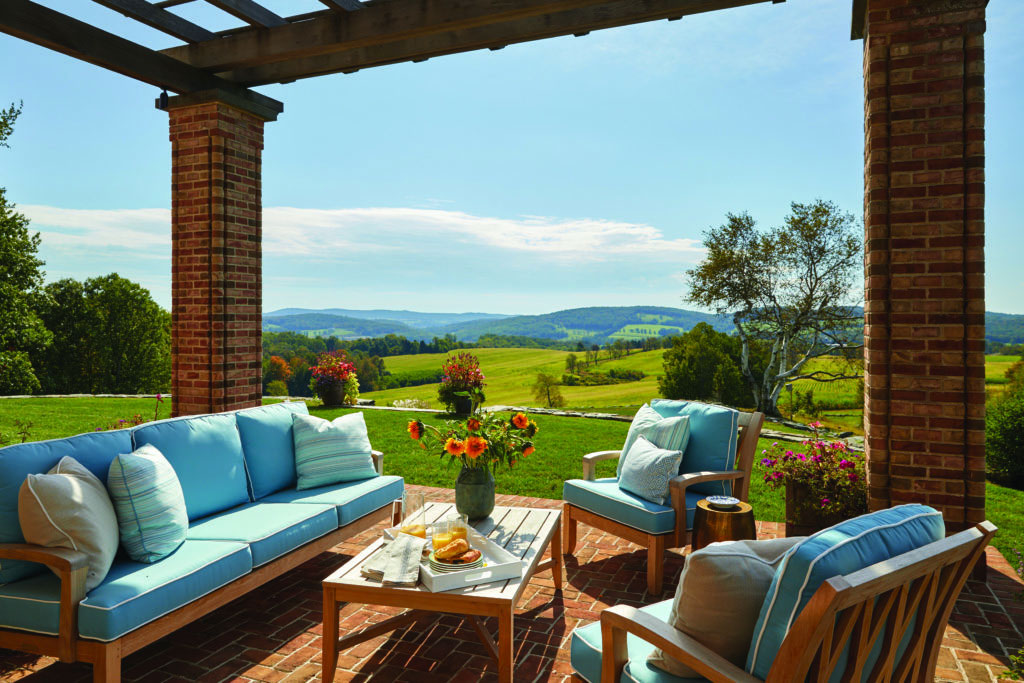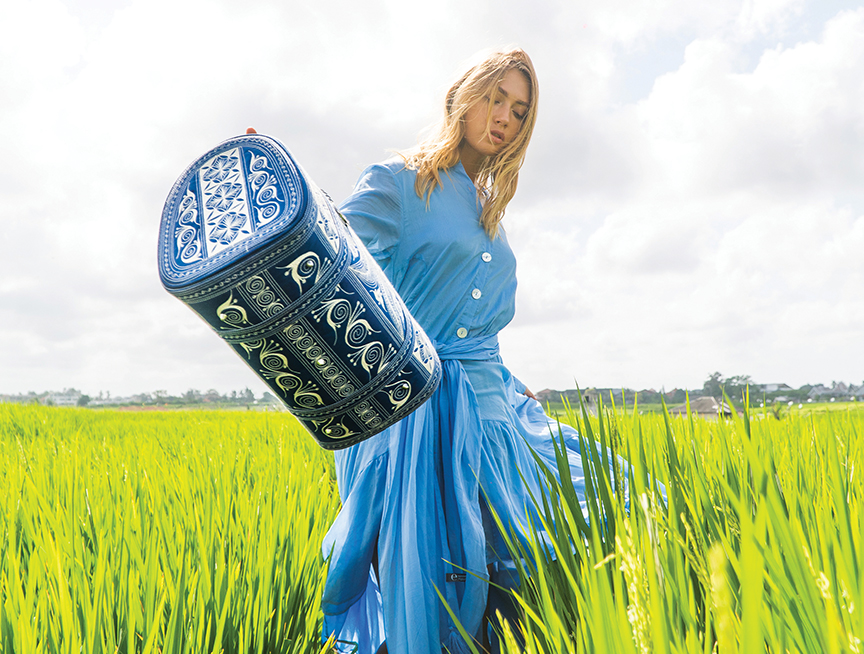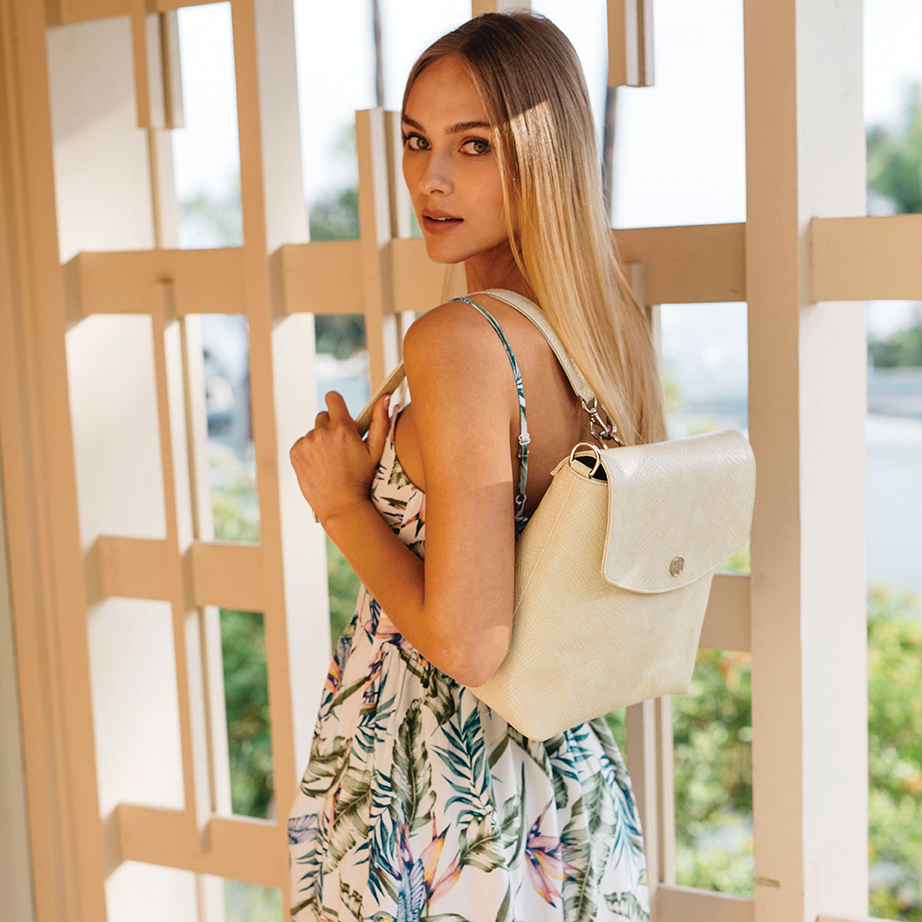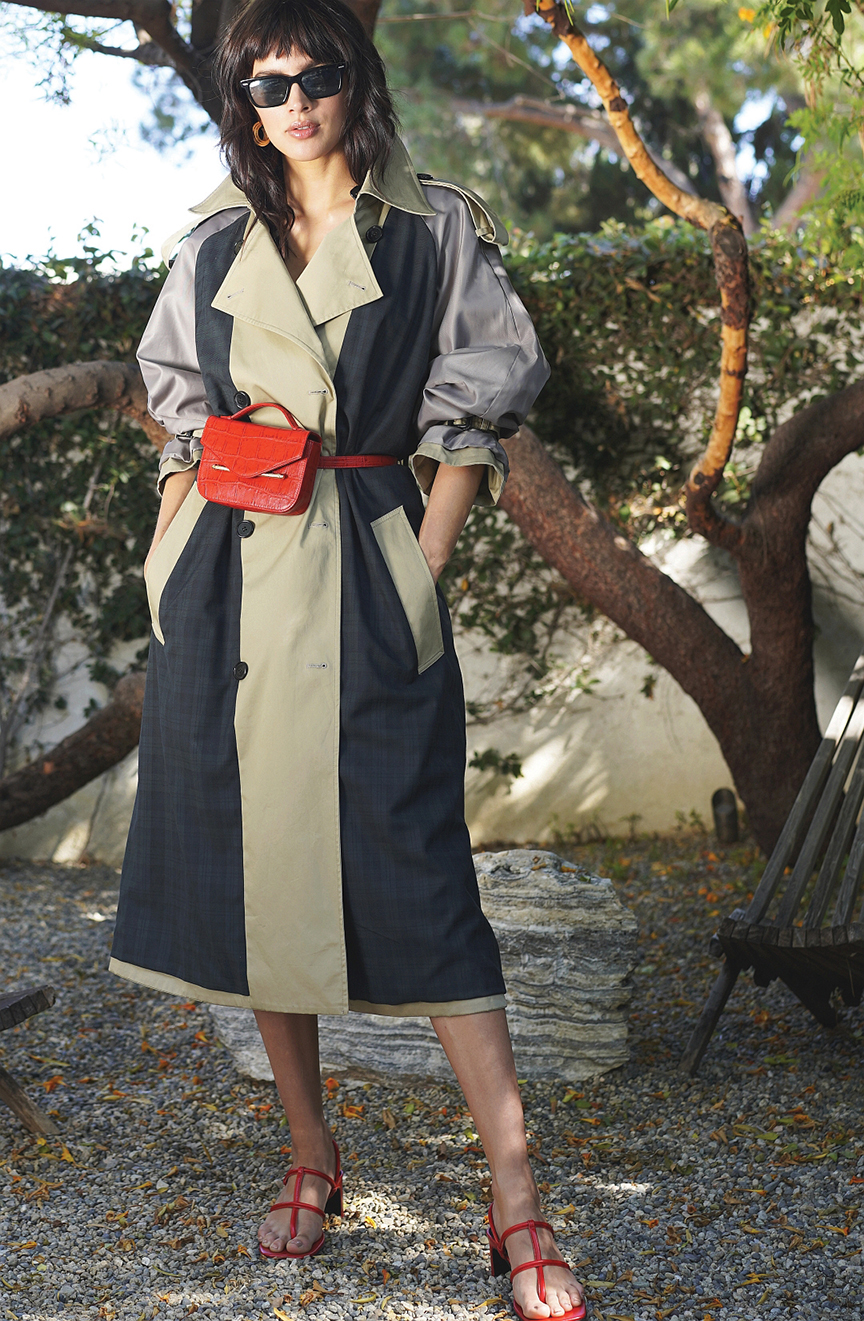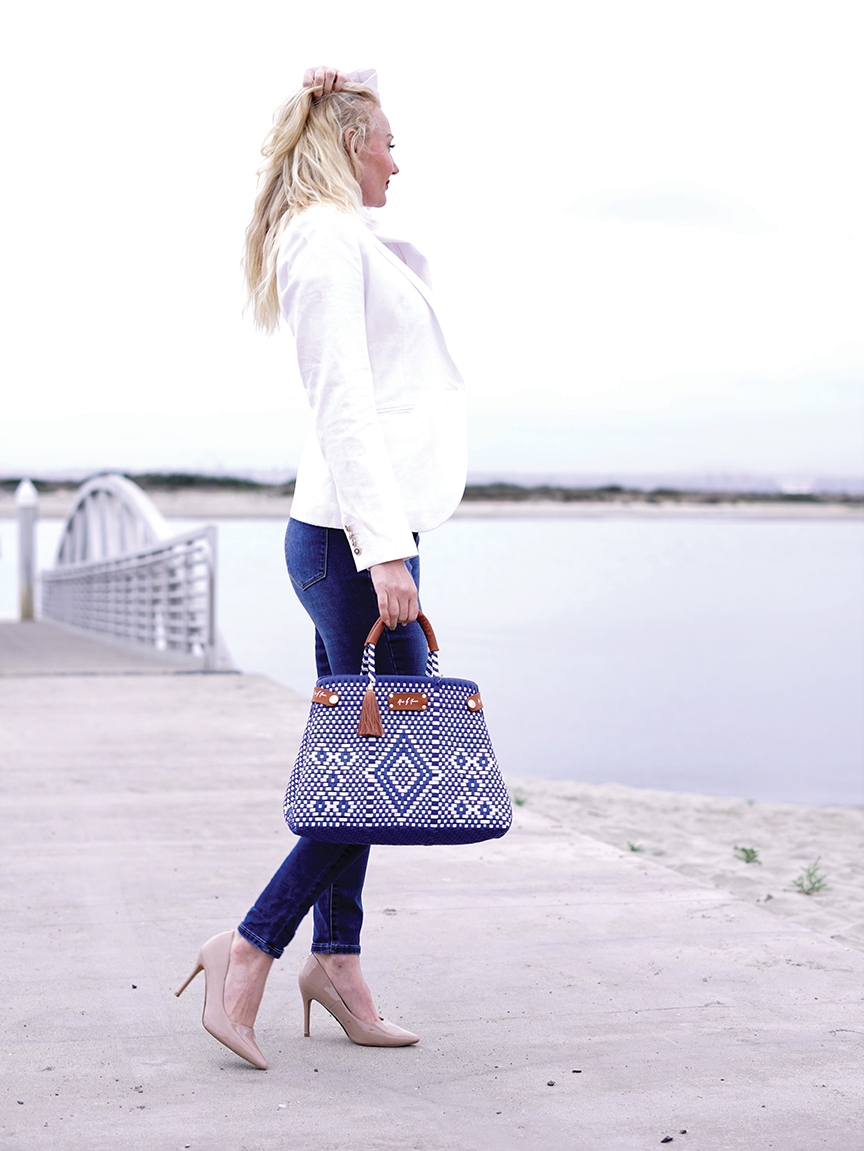By Marlene Ridgway
Minimalism, or at least my minimalist aesthetic, is not about an absence or a lacking,” explains Alix Lawson, the London-based interior designer and founder of her namesake interiors lifestyle brand. “It is more a conscious simplicity.”
The designer opened her second interiors studio three years ago and abides by the philosophy of conscious minimalism, which is apparent in the refreshing and clean lines of her many luxury projects from London to Little Venice. The concept is that space and material design things can significantly influence your sense of being and mood, and this designer embraces elements that create light and calming spaces.
Growing up in Queensland, Australia — the most tropical part of the continent boasts blue waters, sweeping plains, and expansive wetlands — the designer’s eye for simplicity and texture is greatly influenced by the big skies and vast open spaces there. Surrounded by some of the world’s greatest natural wonders and Australia’s leading architects and designers, Lawson says, “I soon developed a passion for interiors and architecture that led me back to London, where I graduated from the Inchbald School of Design.” This combination led to Lawson’s tranquil aesthetic. The elegance of her designs is a demonstration of melding together more than one style to create a refined signature look.
Operating under the idea of deliberate simplicity and blending design principles, Lawson believes her style is more about rejecting “opulent and loud designs in favor of quiet thoughtfulness.” Utilizing elements of Japanese, Australian, and Scandinavian designs, the designer delivers on her signature blend of contemporary minimalism.
The three different styles all hone in on a less-is-more approach. Stone, wood, rattan, linen, and other natural materials are paired with clean lines and neutral colors to execute an elegant thoughtfulness. Aspects of Australian designs focus on forming a strong connection between the inside and out, which can be seen in several of Lawson’s designs, but especially in the 33,000-square-foot project in Dubai Hills with floor-to-ceiling windows.
“Scandinavian interiors tend to use elements of Midcentury furniture, which work well in minimal contemporary spaces,” Lawson says. To create a sense of harmony in each space, Lawson uses elements of each, which can also be seen in her Notting Hill project. In collaboration with De Rosee Sa Architects & Lanserring, they transformed the property into a sleek, yet comfortable family retreat with natural transitions between textures to create a serene functional space.
Nature and travel have always influenced Lawson and her work, but unsurprisingly, she’s also inspired by other designers in the industry. “Tadao Ando is my greatest interior and architectural influence,” notes Lawson, even deeming him arguably the bastion of the minimalist movement. “The way he plays with light and simplicity has been hugely influential in my career and creative development. Ando brings nature into his work in such a seamless way.” Anyone familiar with the great open skies and never-ending ocean views in Queensland can recognize and appreciate that powerful feeling of openness in Lawson’s designs.
This idea of minimalism and simplicity has firmly taken root, especially in the face of a pandemic. “Modern city life is fast-paced; everything feels fleeting and finite. Shortened attention spans and instant gratification make us less present and far less able to switch off,” says Lawson. “Having experienced this first hand running my business in London, I noticed myself and my friends in a permanent pursuit of stillness.”
A room itself can offer a much-needed contrast to hectic city life, and combat the constant notion of being connected, moving, scrolling, sharing, streaming, and hardly ever pausing. Another current trend also embodies this sense of slowing down. “This need to cleanse our living environments and shift towards calmer designs can be seen in Pinterest’s trending interior term of the moment, Japandi, which is the marrying of Japanese and Scandinavian design styles to produce a clean, calm, and natural fusion,” explains Lawson.
Over the past few years, more and more people have been drawn to spaces that are away from crowds and chaos, a peaceful contrast to what’s happening around the world. This movement of minimal luxury could be one that will last long after the next few years. “We have seen this blow up into a huge design trend, which we believe will have more longevity than any other,” adds Lawson.
There are already several other trends that lean towards the idea of less is more, especially in the luxury realm. Wabi Sabi, for example, is a style that focuses on a deep connection with nature and the simpler aspects of life. Authentic materials are the central aspect of the design style. Lawson explains, “This stripped-back refinement is in many ways a rejection of the state of the world, a rejection of the disposable consumer society, and a call to simplify our lives.”
Recently on the panel of judges for the World Interior News Awards and the A&D Trophy Awards in Asia, Lawson continues to pave her way with her consistently elegant designs. She has also worked with expert British paint manufacturers to create a refined collection of her own and plans to keep creating and designing with longevity in mind.


